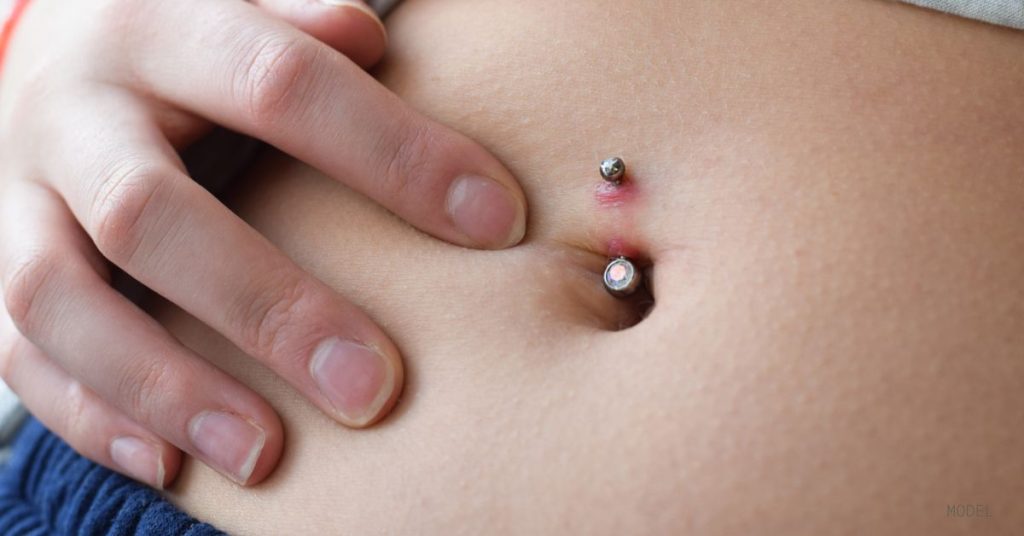Piercings are fun, trendy, and stylish, but they sometimes result in a troubling side effect called keloids. Bumps or scars around your piercing site can cause physical and emotional discomfort, which is why many patients visit us for keloid scar treatment and removal.
To better understand your options, let’s explore how to identify a piercing bump vs a keloid and learn how to prevent and treat keloid scars.
Understanding Keloids
Keloids are triggered by a piercing or some other type of skin trauma. After a wound heals, a keloid may form due to excessive collagen production and scar tissue formation. A keloid’s appearance usually depends on its location and your skin tone. They typically start as raised scars and tend to grow larger and turn darker over a few months.
A keloid that forms after a piercing may gradually turn purplish and protrude far beyond the original piercing site. In addition to being unsightly, keloids may cause pain, itchiness, and tenderness, so keloid treatment is highly recommended.
Hypertrophic Scar vs Keloid
Sometimes, inflammation after a piercing causes small bumps, leading to a hypertrophic scar. These scars are triggered by your body’s healing response soon after a piercing. While keloid nose piercing and keloid ear piercing scars tend to be dark and dense, hypertrophic scars often appear pinkish and may leak fluid. Unlike keloid scars, hypertrophic bumps typically improve over time.
Here are some of the key differences between a piercing bump and a keloid:
| Piercing Bump | Keloid | |
| Location | Contained near the piercing site | Protrudes beyond the piercing site |
| Formation | Shortly after a piercing | May develop 3 to 12 months after a piercing |
| Colour | Pinkish or flesh-coloured | Varies but may gradually darken and appear red or purplish |
How To Get Rid of a Keloid from Piercing
A keloid won’t go away on its own, even if you remove the earring. Instead, you must visit an experienced plastic surgeon for keloid treatment or removal. After surgically removing a keloid, we typically administer cortisone injections to shrink the keloid further and prevent new keloid formation. Our related blog post shares additional details about keloid removal techniques and solutions.
After a piercing, you can help prevent keloids by:
- Thoroughly washing your hands before handling your piercing
- Regularly cleaning the piercing site with a sterile saline solution or gentle cleanser
- Keeping the new piercing in place for at least 6 weeks
- Drying the piercing site with a clean cotton pad versus a towel to limit exposure to bacteria
Parting Thoughts on Piercings & Keloid Removal
Both piercing bumps and keloids can cause alarm, discomfort, and distress, but they are manageable with proper care and treatment. It’s essential to contact us as soon as you notice anything unusual or suspicious around your piercing site. We’ll conduct a thorough assessment, diagnose whether your bump is a hypertrophic scar or keloid, and recommend a customized treatment plan.
Remember, we’re always available to address your skin concerns. Please request a consultation online or call us at (416) 663-9649 to arrange a personalized visit with our physicians.


Leave a Reply